03 DNA Repair
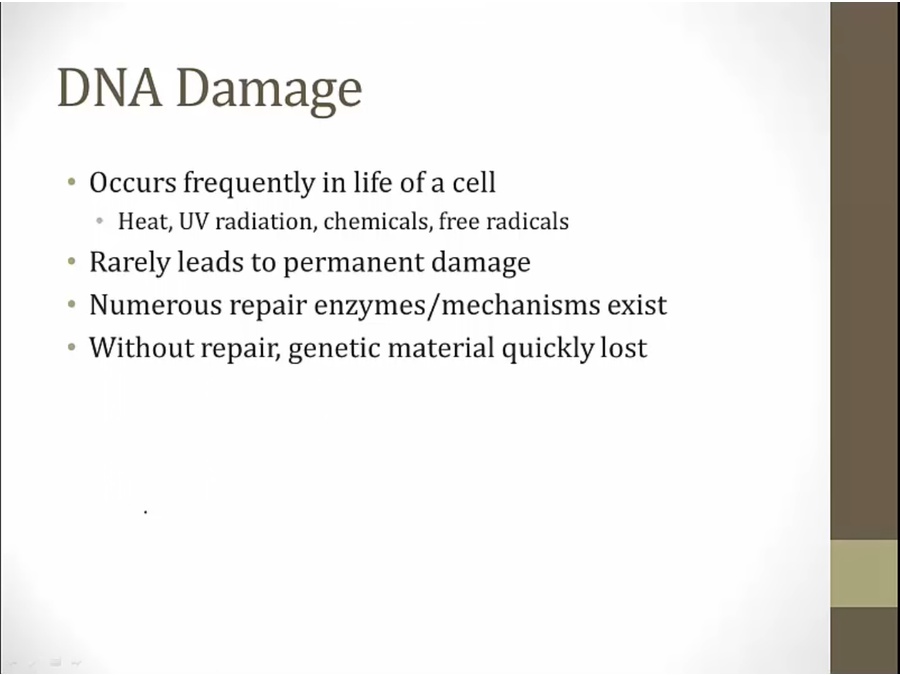
not mutation
actual damage to nucleotides
Depurination, Deamination
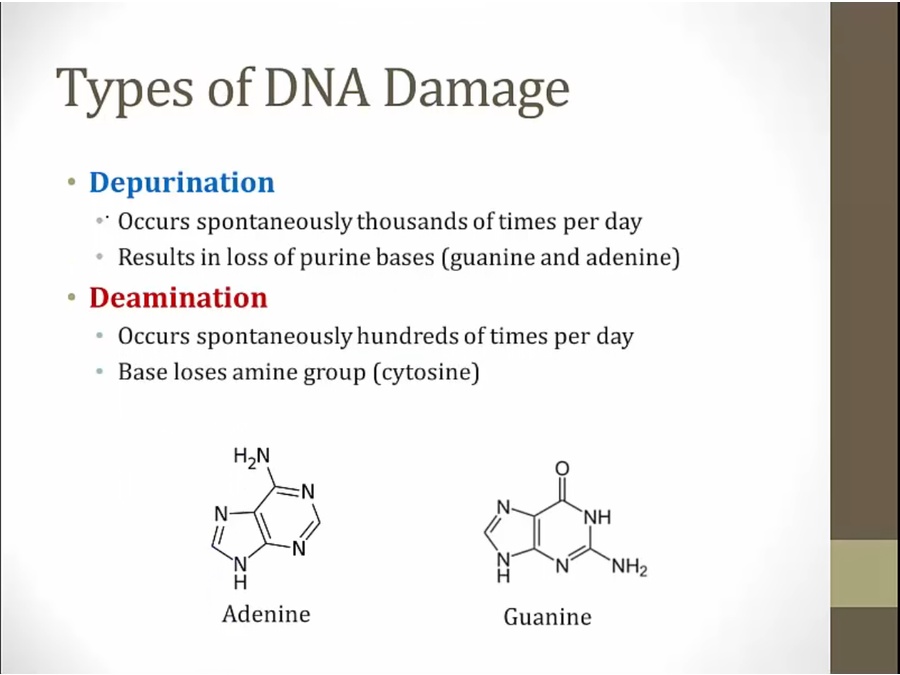
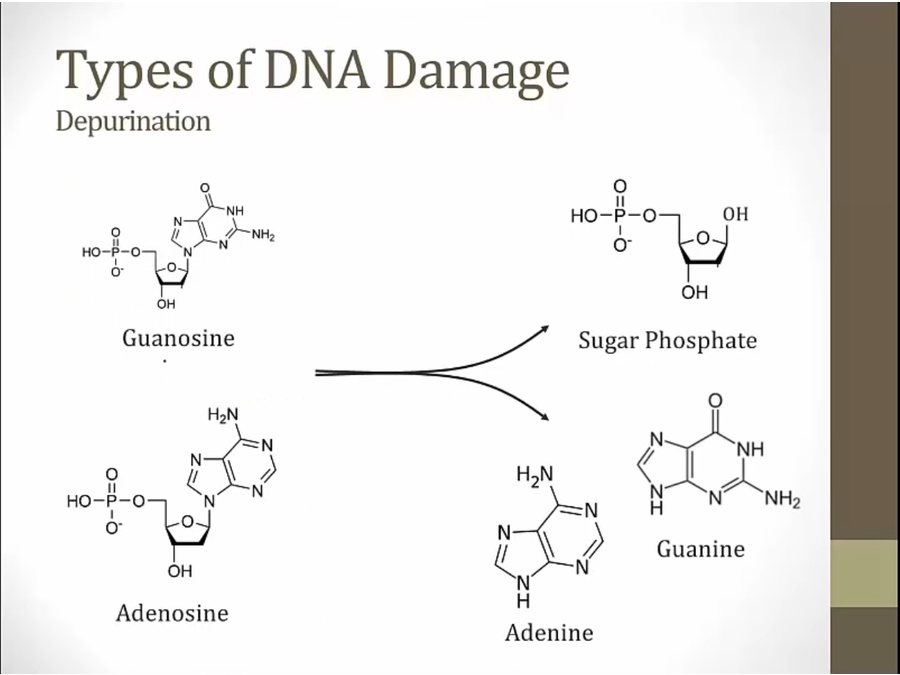
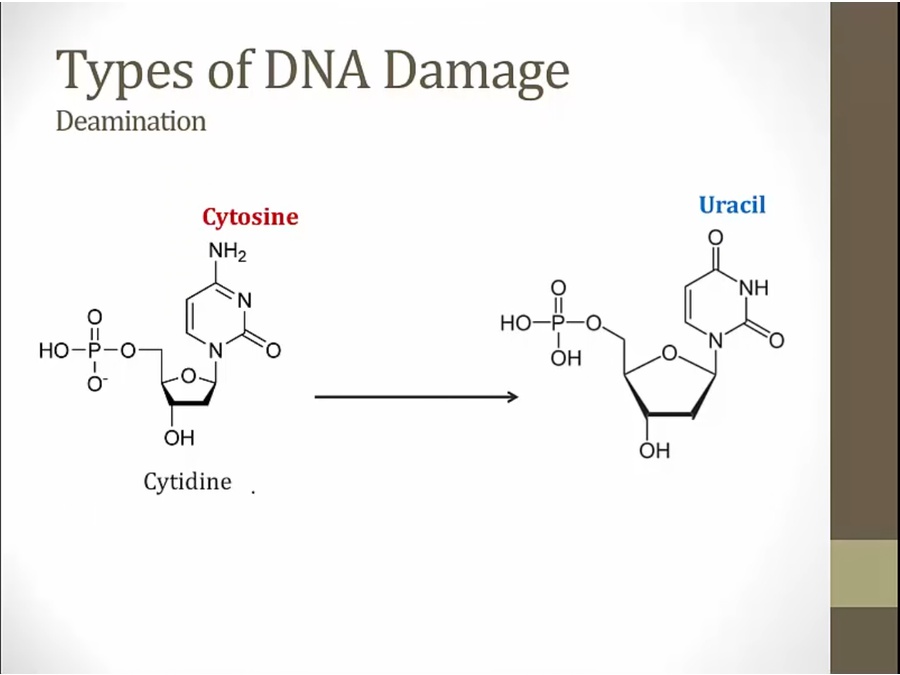
Free Radicals
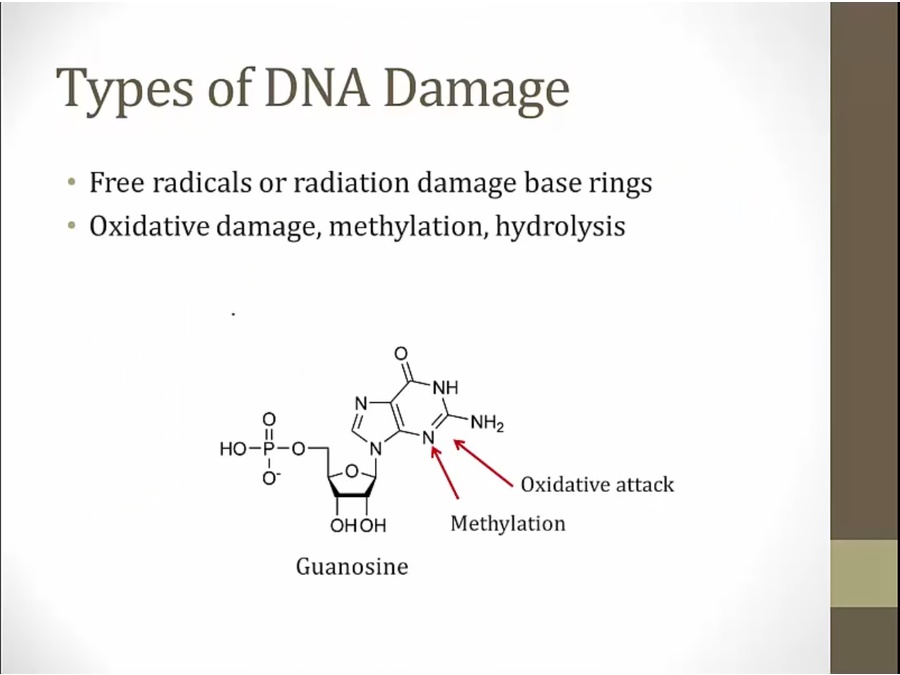
Single Strand
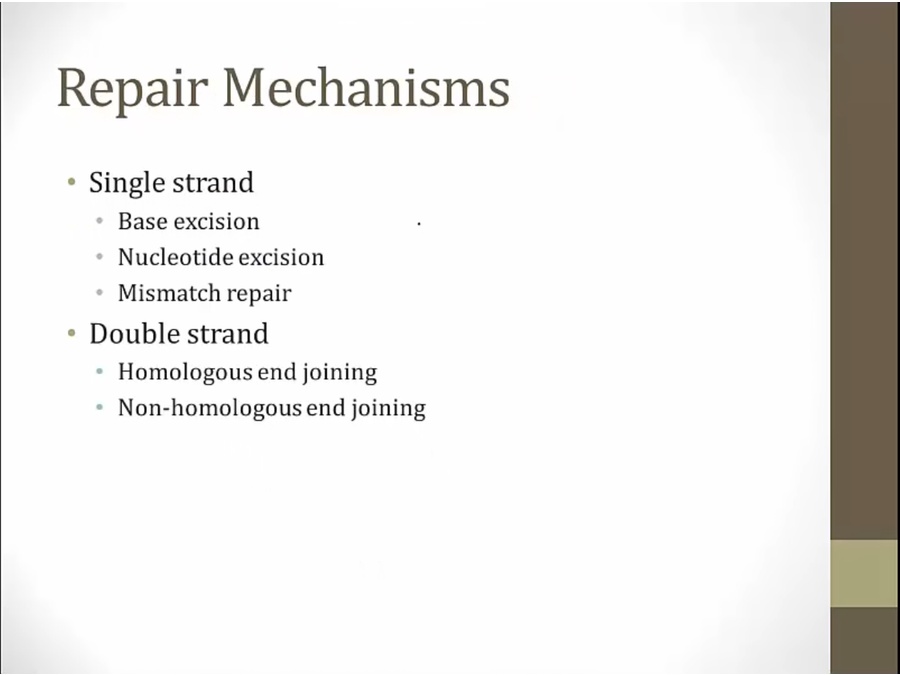
Base
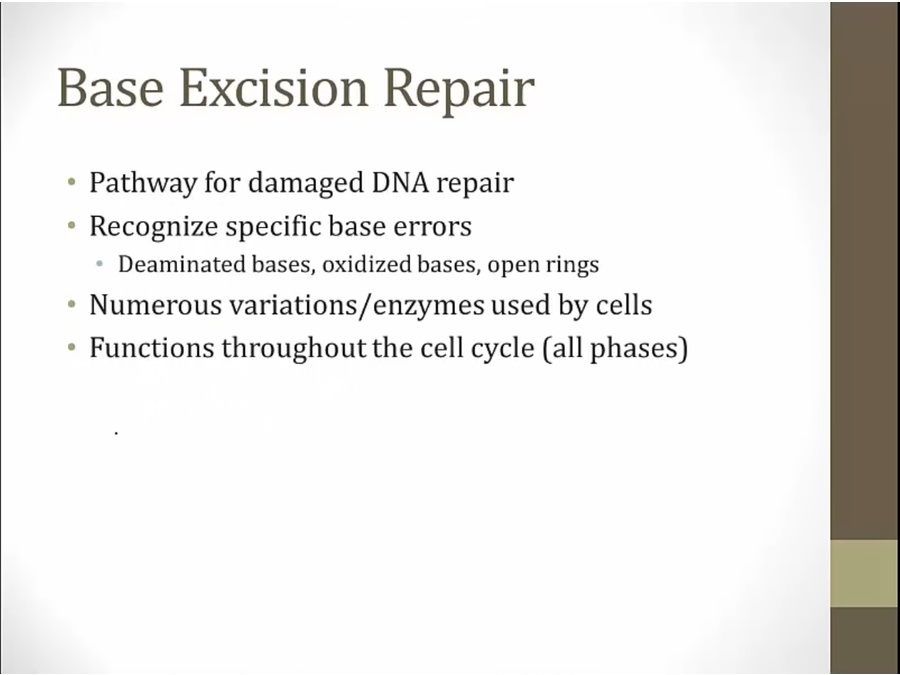
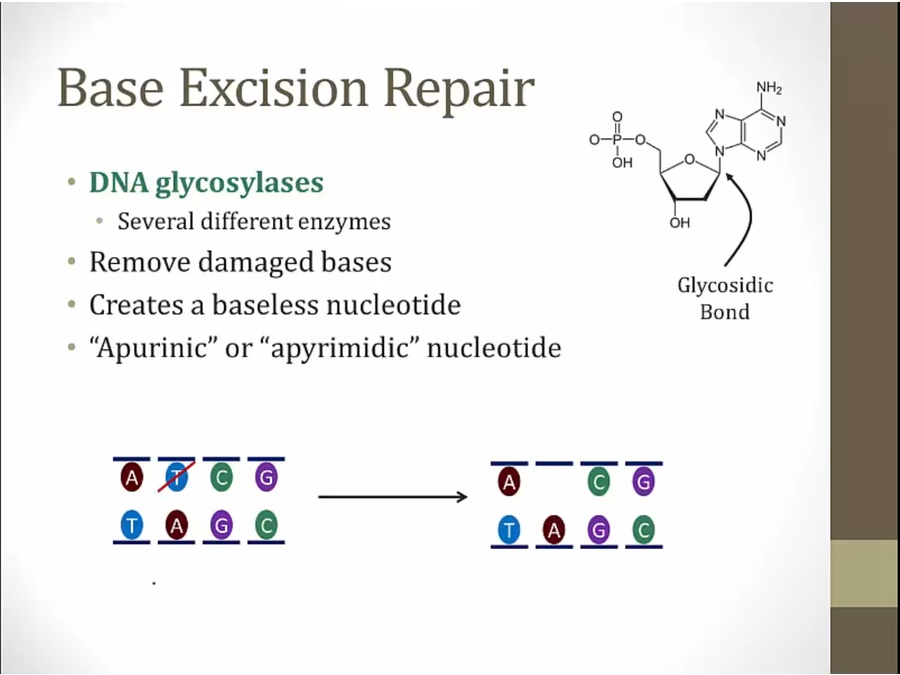
breaks glycosidic bond, lets damaged base go
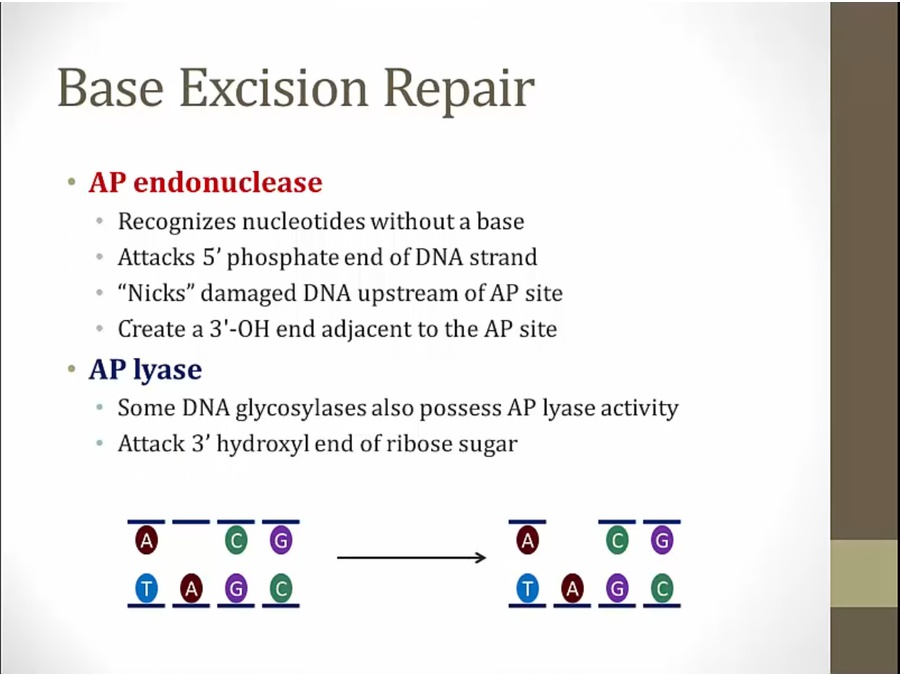
AP: apurinic or apyrimidic
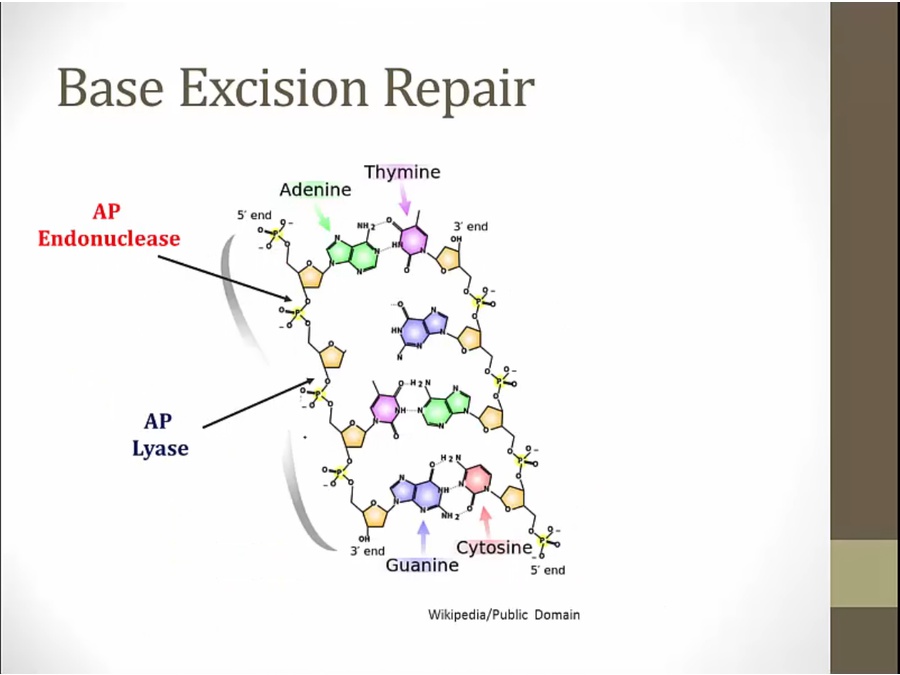
AP endonuclease: break phosphate bond, create OH group
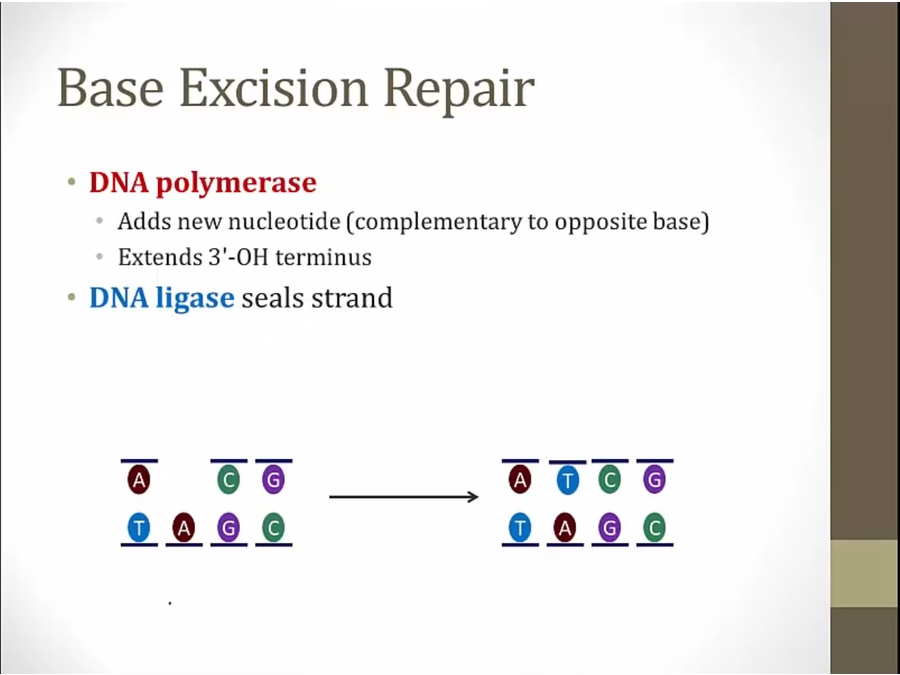
Nucleotide
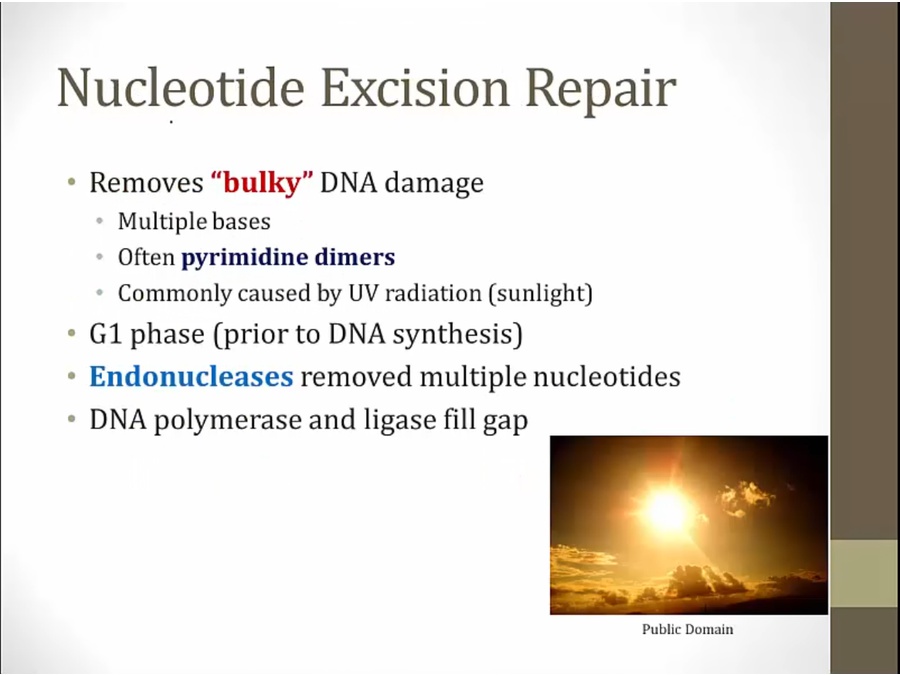
makes sure DNA bases normal before proceed to replication
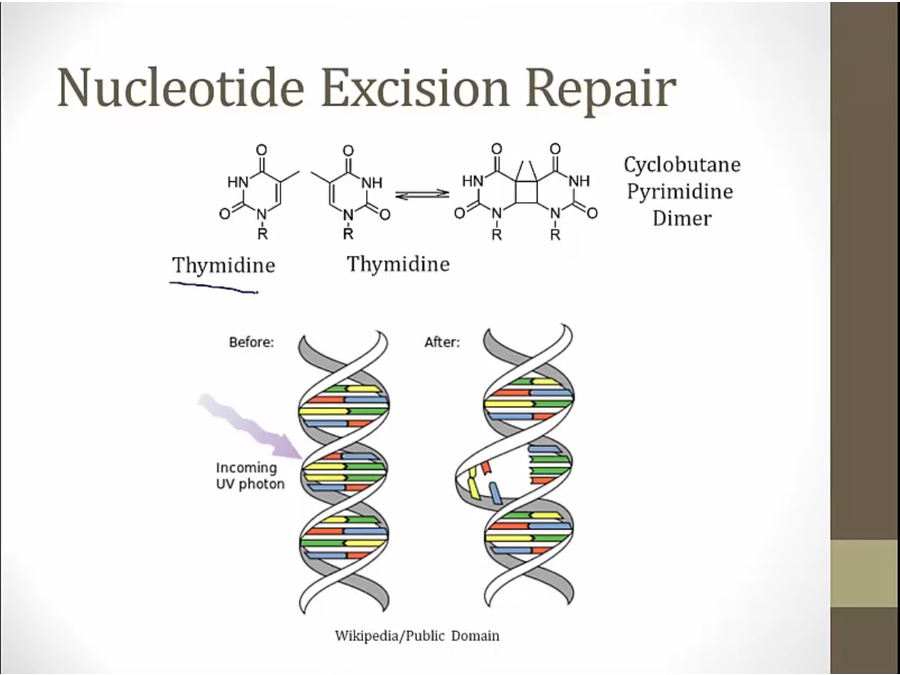
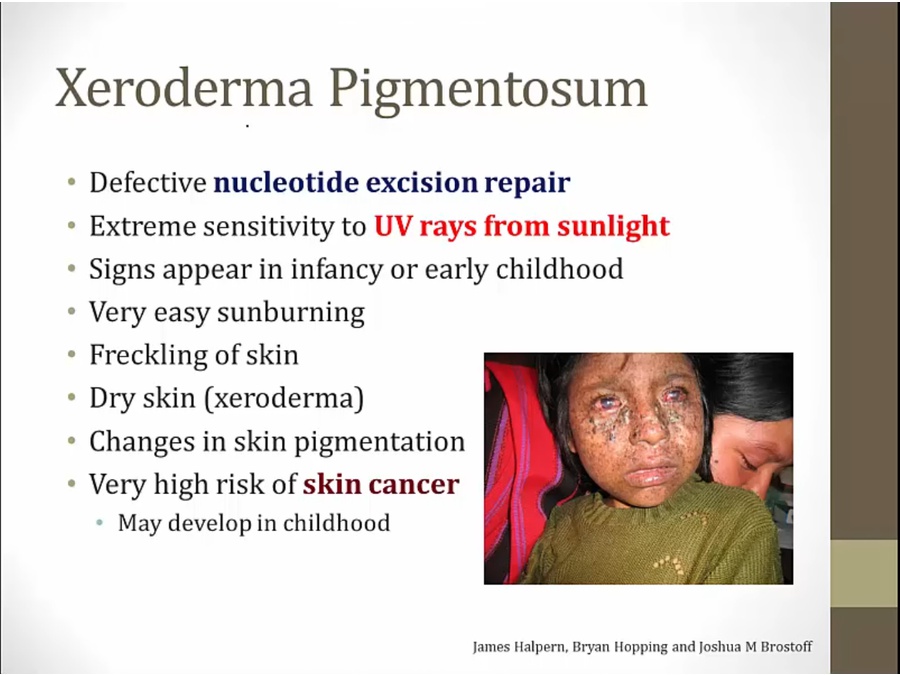
Mismach
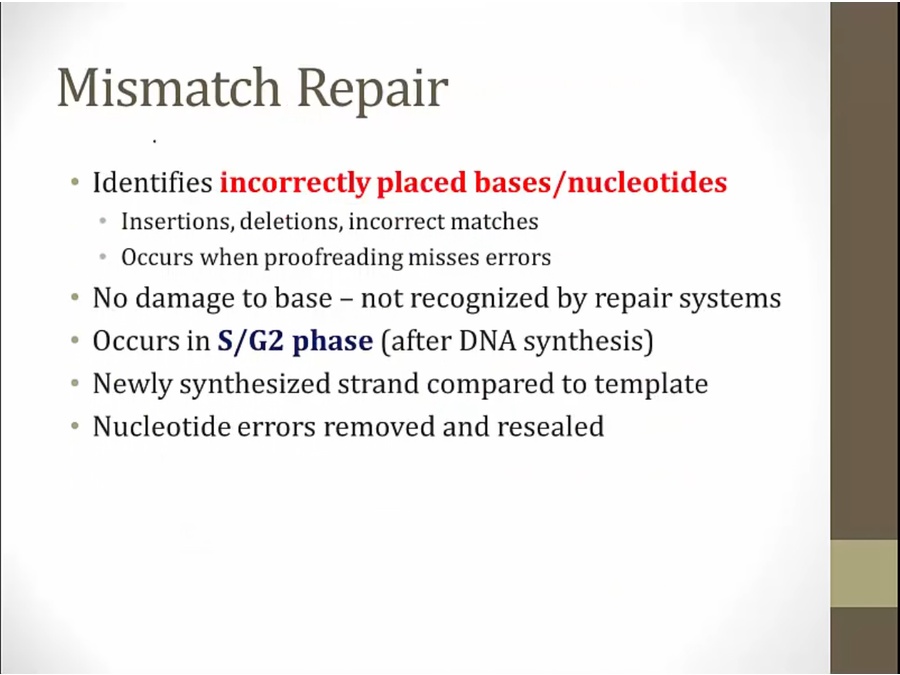
look for incorrectly placed bases
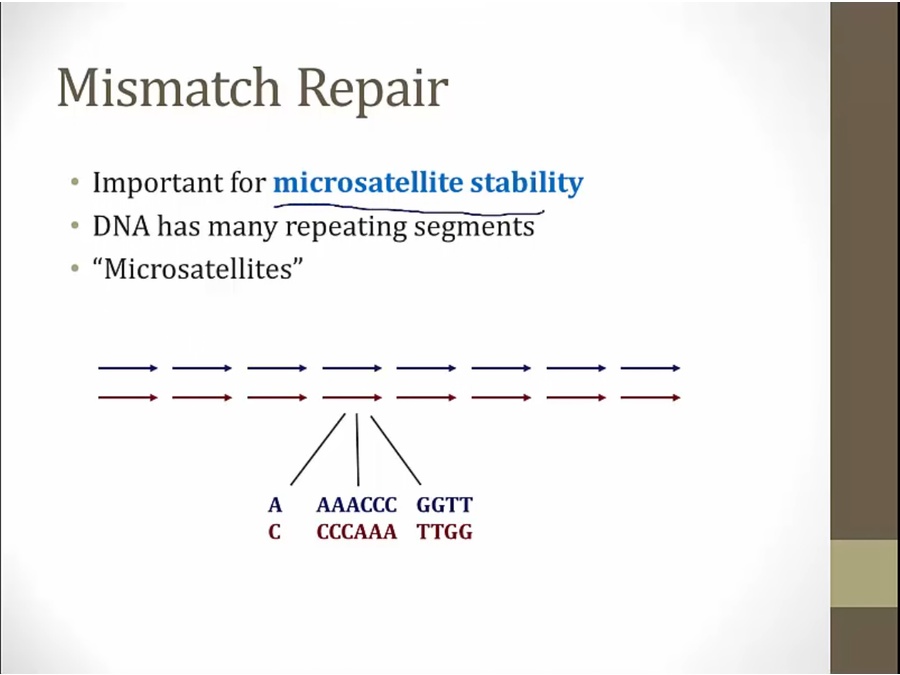
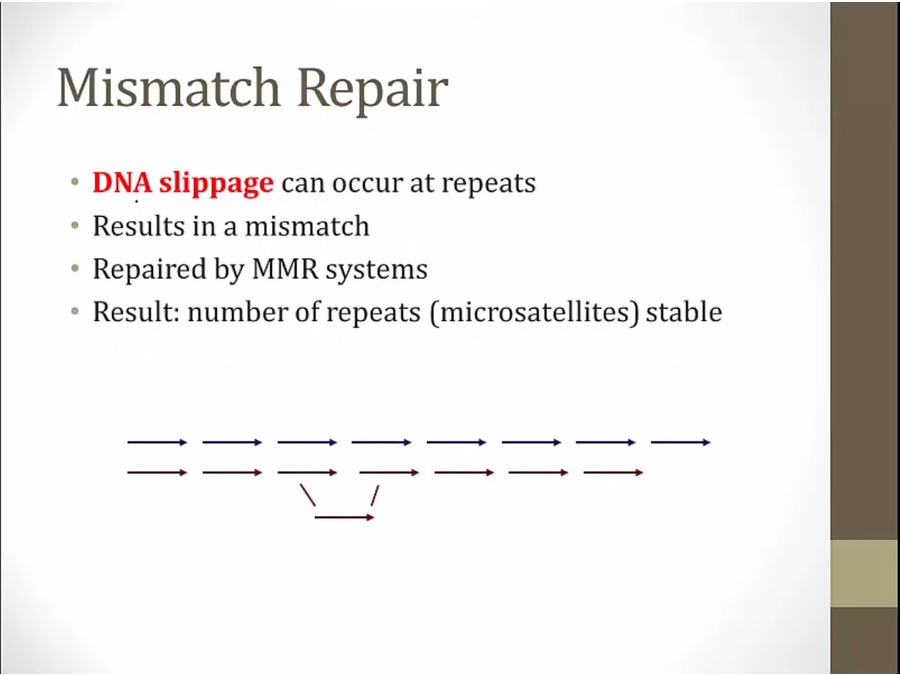
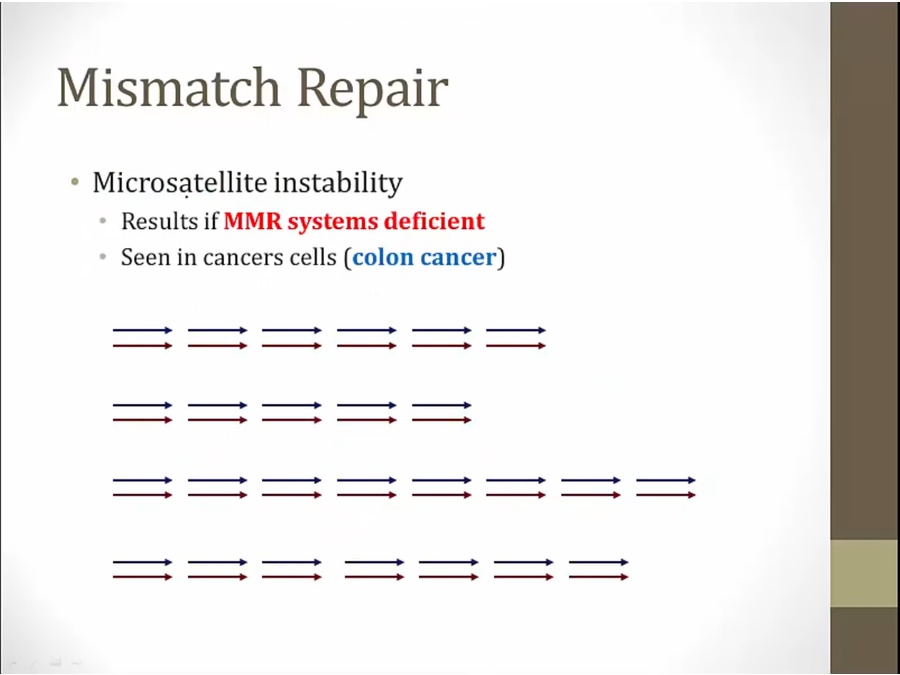
different cells with different number of satellites as result of deficiency
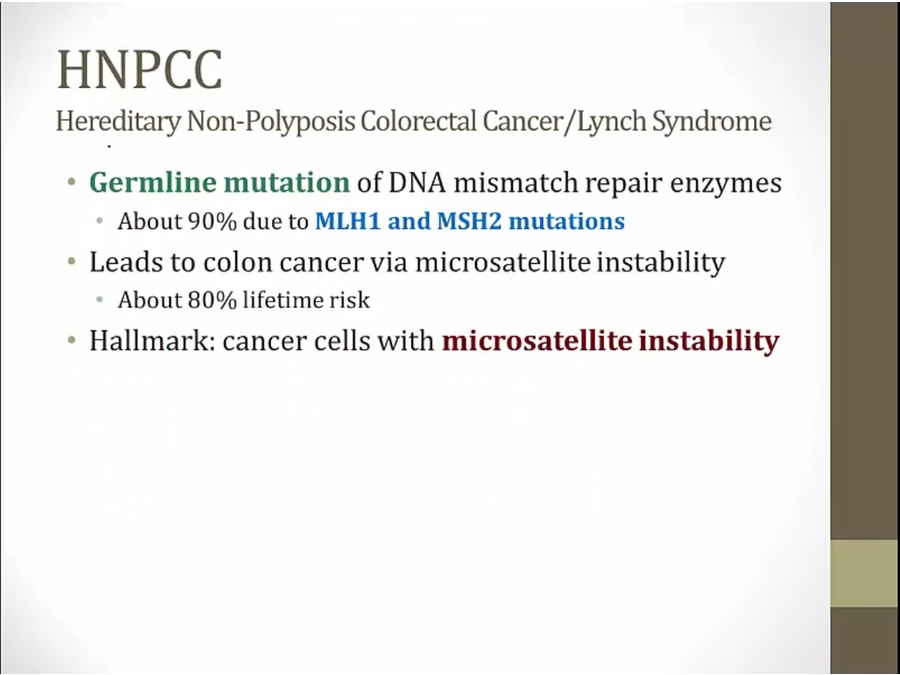
Double Strand
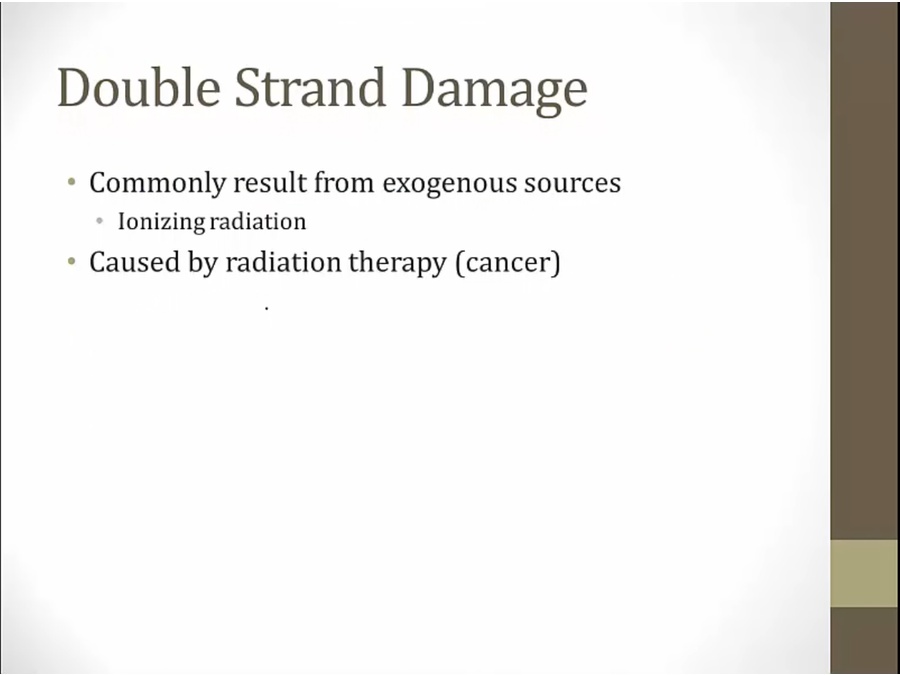
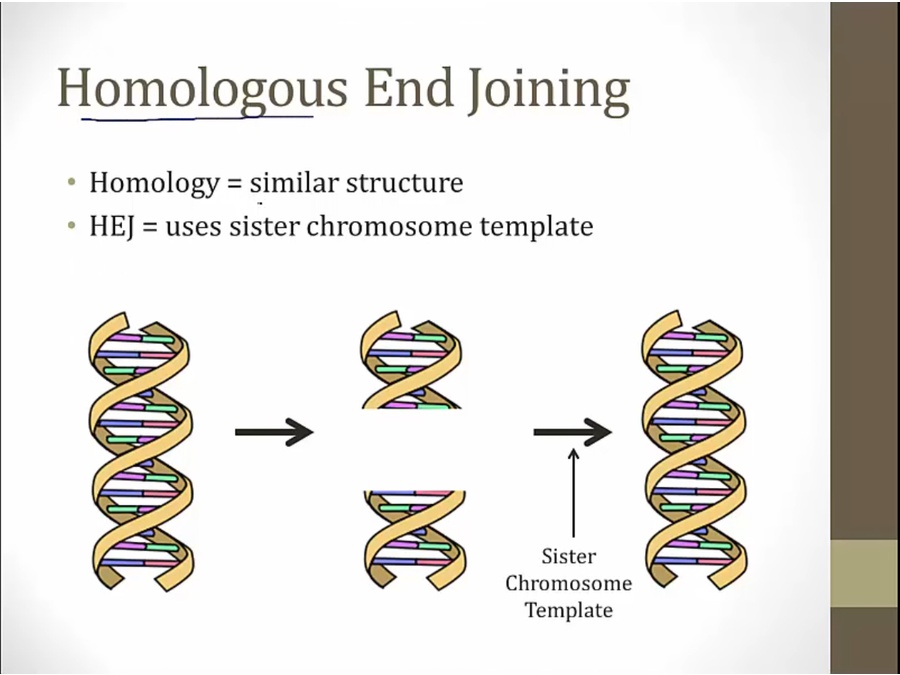
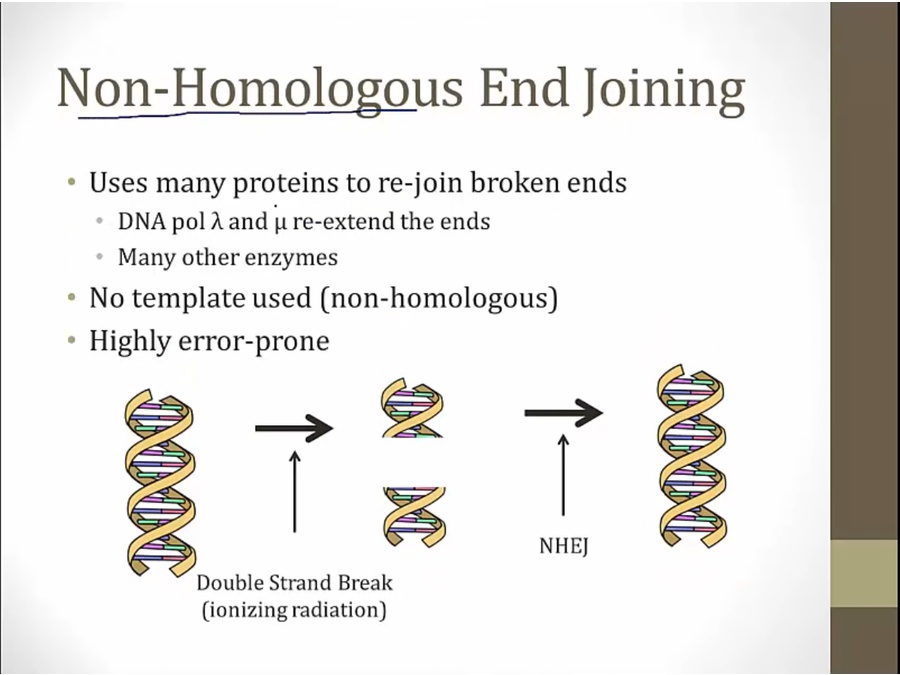
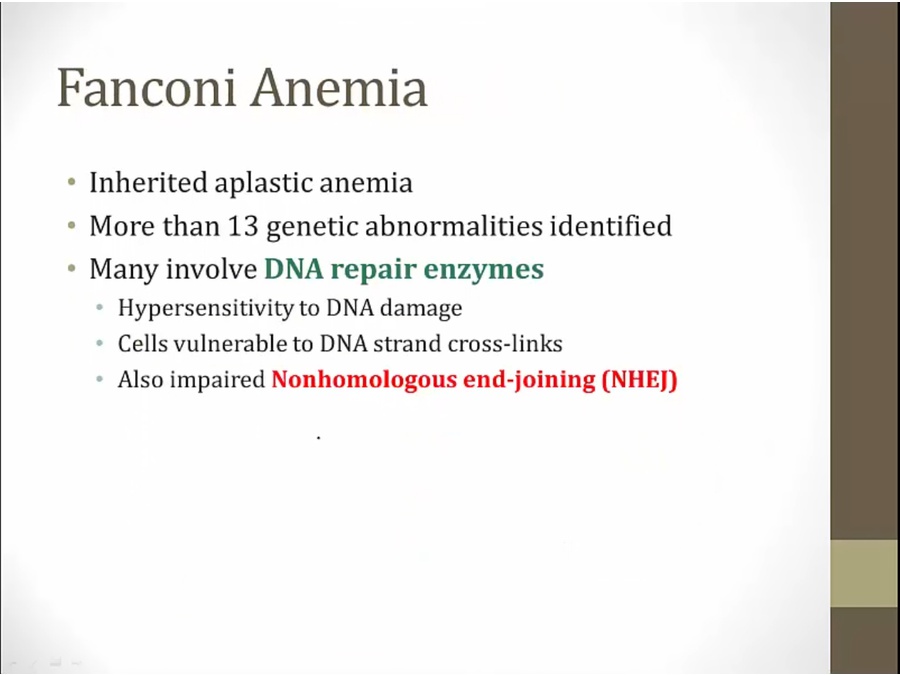
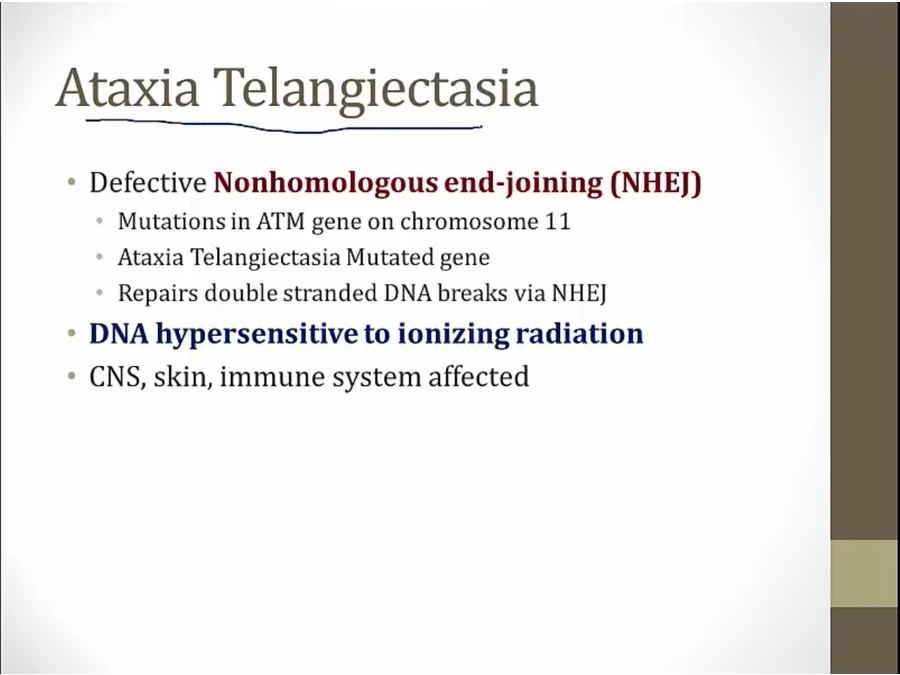
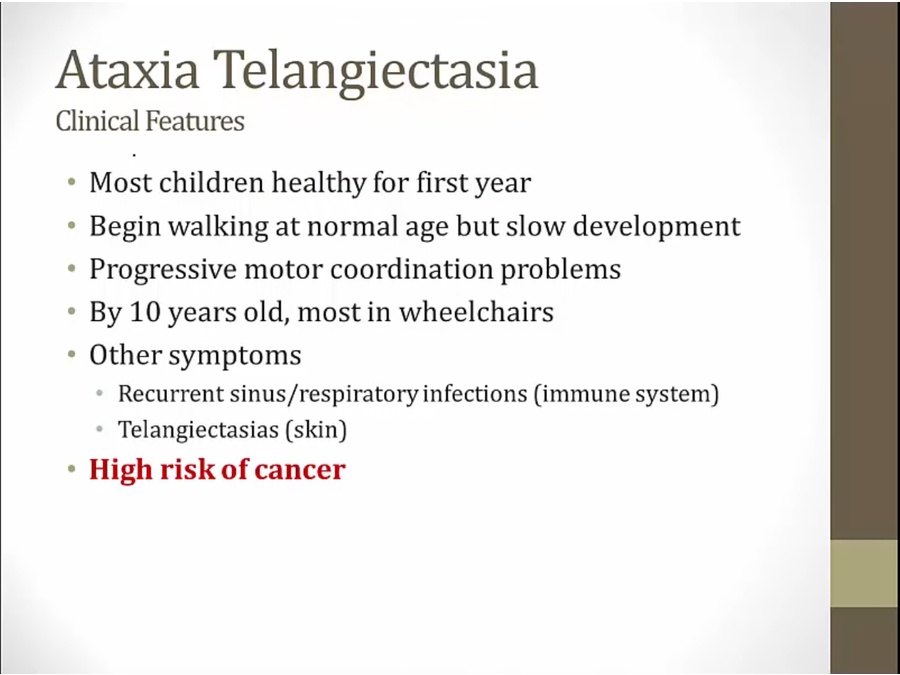
Cerebellar ataxia, telangiectasias, and increased risk of sinopulmonary infections constitute a characteristic triad of ataxia telangiectasia. Telangiectasias are described clinically exactly as they are in the question stem - superficial blanching nests of distended capillaries. Ataxia-telangiectasia also predisposes to an increased risk of hematologic malignancies and causes an immune deficiency consisting of both cell-mediated and humoral dysfunction. The immune deficiency primarily manifests as an IgA deficiency and predisposes to infections of the upper and lower airways.
It is an autosomal recessive condition that occurs due to mutation of ATM gene. ATM (Ataxia Telangiectasia Mutated) gene is responsible for DNA break repair. DNA in patients with ataxia-telangiectasia is hypersensitive to X-ray radiation that causes multiple chromosomal breaks.
Last updated
Was this helpful?